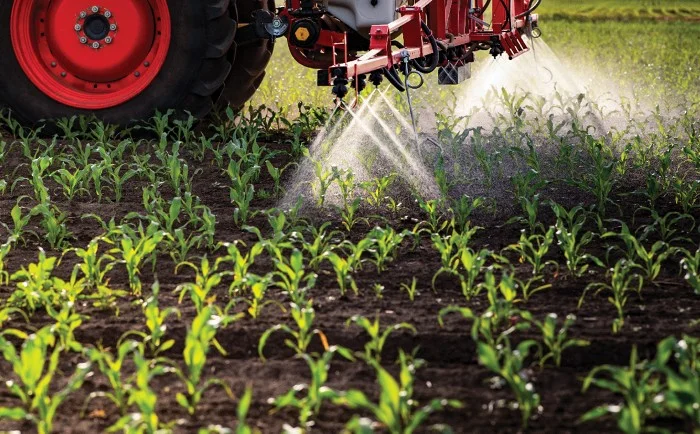
New Era in Agriculture: Balancing Pesticide Regulations and Endangered Species Protection
The recent updates from the U.S. Environmental Protection Agency (EPA) on pesticide regulations have ignited significant debate amongst farmers, environmentalists, and scientists alike. As policymakers navigate the complexities of protecting endangered species while ensuring agricultural productivity, this new approach raises questions about the future of farming practices and ecological sustainability.
Steve Hoffman, an independent crop consultant with In-Depth Agronomy, emphasizes the necessity of understanding the gradual implementation of these regulations. He states, "Don’t panic, this is going to be a gradual phase in, and I know it’s definitely adding complexity.” His commentary highlights the crucial intersection of agricultural needs and environmental safeguards, particularly with the introduction of a new herbicide and insecticide rule. With each current pesticide requiring compliance with updated labels aimed at protecting various endangered species, agricultural practices are on the cusp of transformation.

The Ag Retailers Association has expressed optimism regarding the EPA’s finalized insecticide strategy, indicating a more flexible framework for agricultural stakeholders. Richard Gupton from the ARA notes, "It looks like they are taking steps to make it more manageable and make sure these products are still available in the marketplace.” This response underscores an evolution in communication between the EPA and agricultural practitioners, steering towards a more inclusive dialogue concerning the usability and ecological implications of pesticides.
However, this seemingly positive reception is met with apprehensions from environmental advocates. Critics argue that the eased restrictions might harm endangered species and amplify public health risks. Jonathan Lundgren, a former USDA scientist, voiced his concerns, stating, "This change in policy that reduces the safety considerations and increases the use of pesticides will at minimum result in more sick farming families, greater biodiversity loss, increased pollution of water, and reduced ability of our soils to produce food and store carbon.” Through this lens, the relaxation of pesticide regulations appears to be a double-edged sword, posing immediate benefits for farmers but threatening long-term ecological health.
The tension between agricultural productivity and environmental conservation is more pronounced now than ever. As farmers prepare to adapt to these new guidelines, the intersection of their practices with the preservation of endangered species will be paramount. The challenge lies not just in compliance, but in finding innovative and sustainable ways to manage crops without compromising our planet's biodiversity.
In conclusion, while the EPA's new pesticide regulation strategy aims to balance immediate economic needs against ecological demands, the long-term implications for both farmers and the environment remain to be seen. Will these new approaches lead to a marked improvement in agricultural sustainability, or will they usher in unintended ecological consequences? Share your thoughts and join the conversation as we navigate this critical issue in modern agriculture.